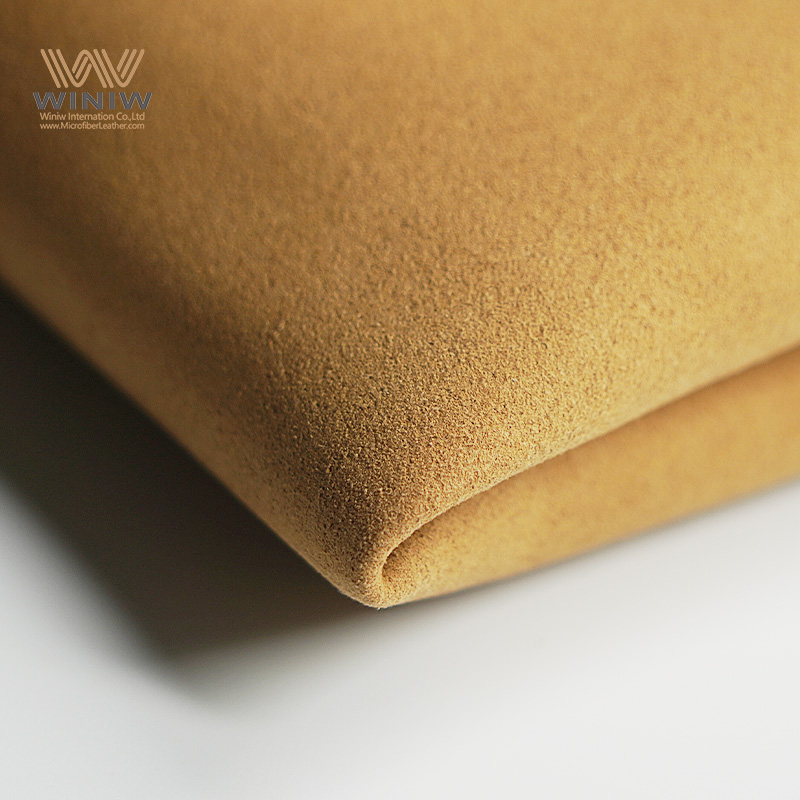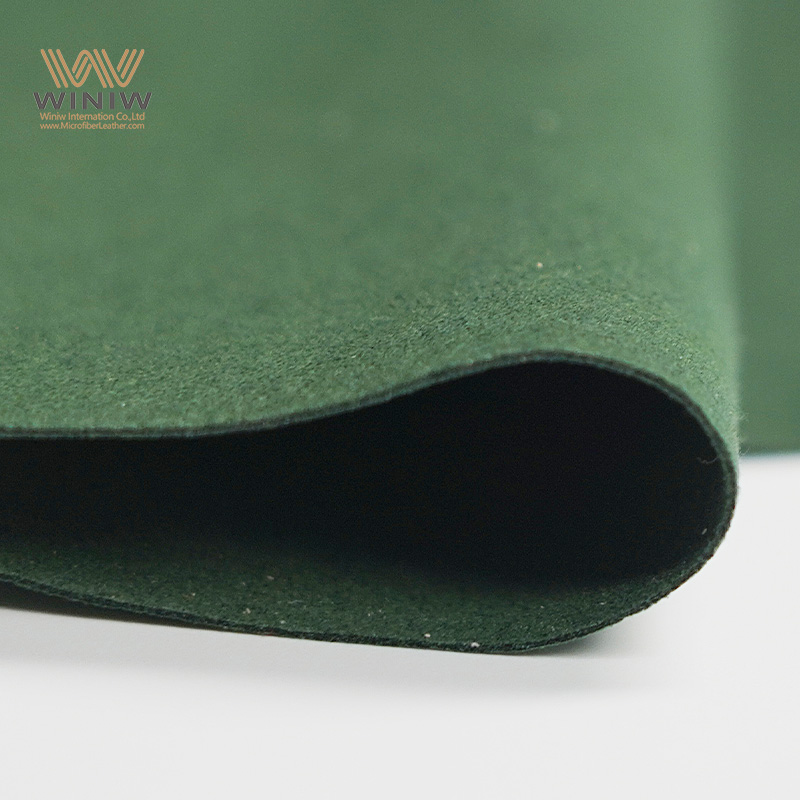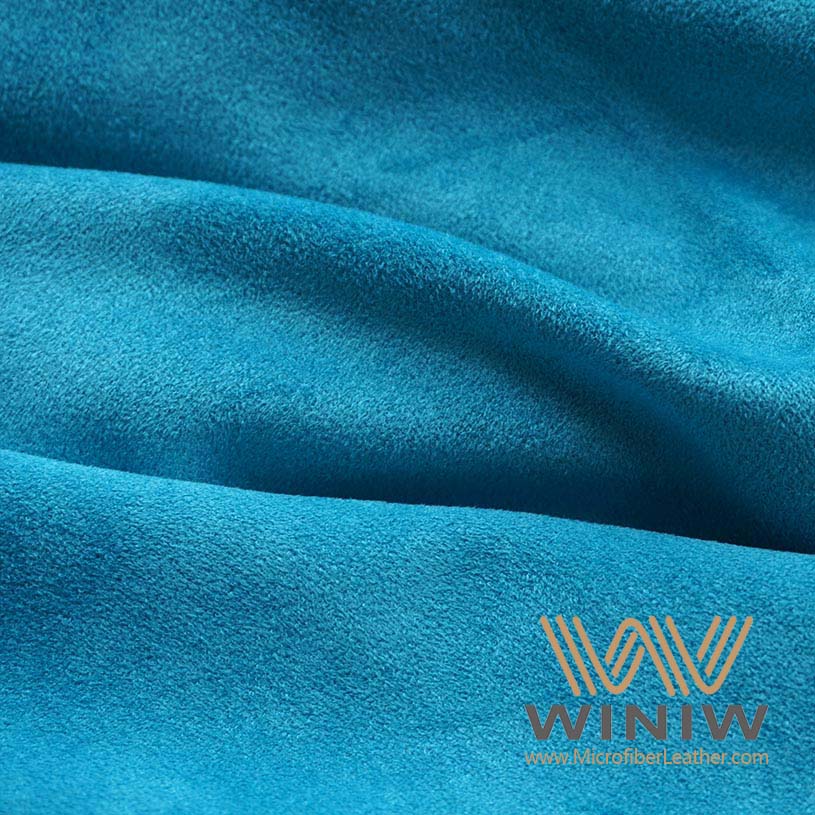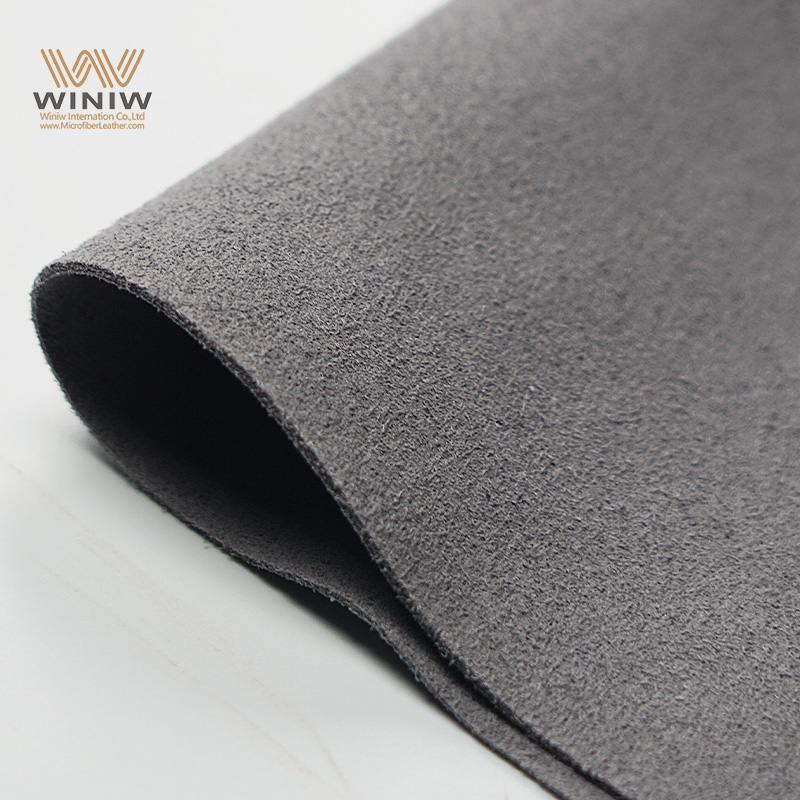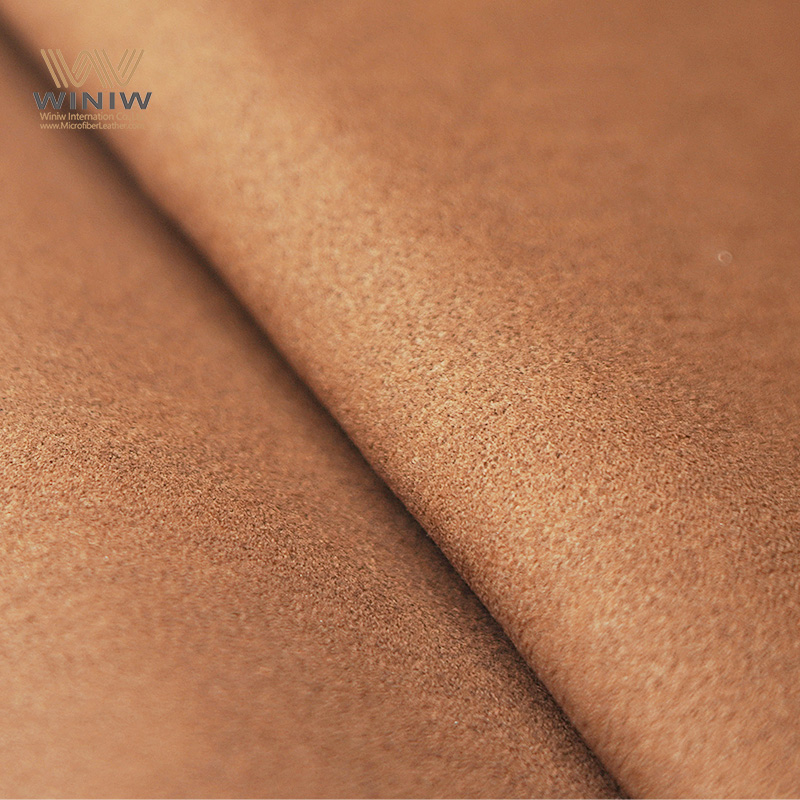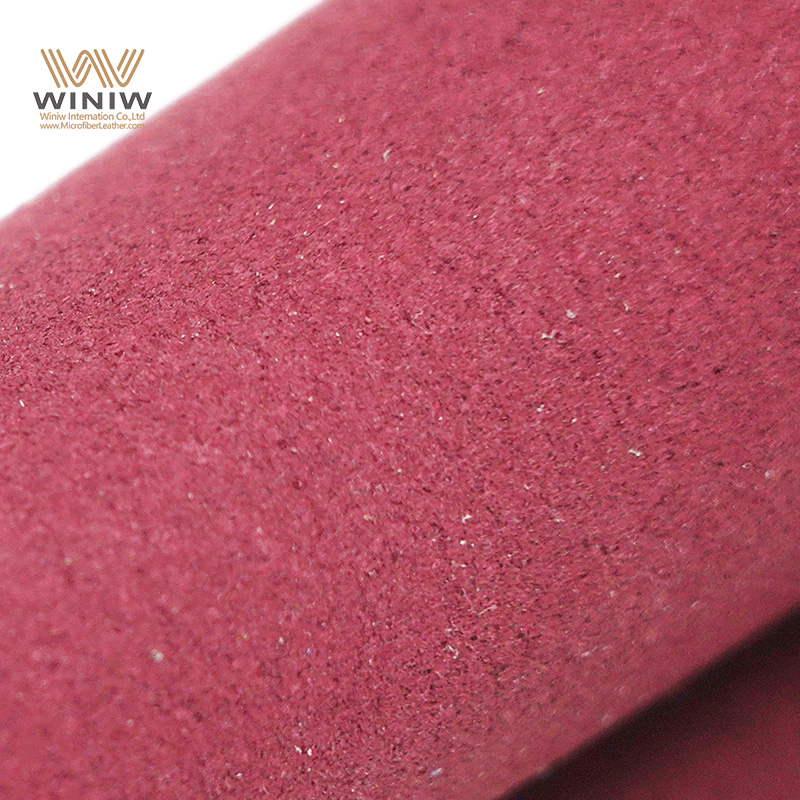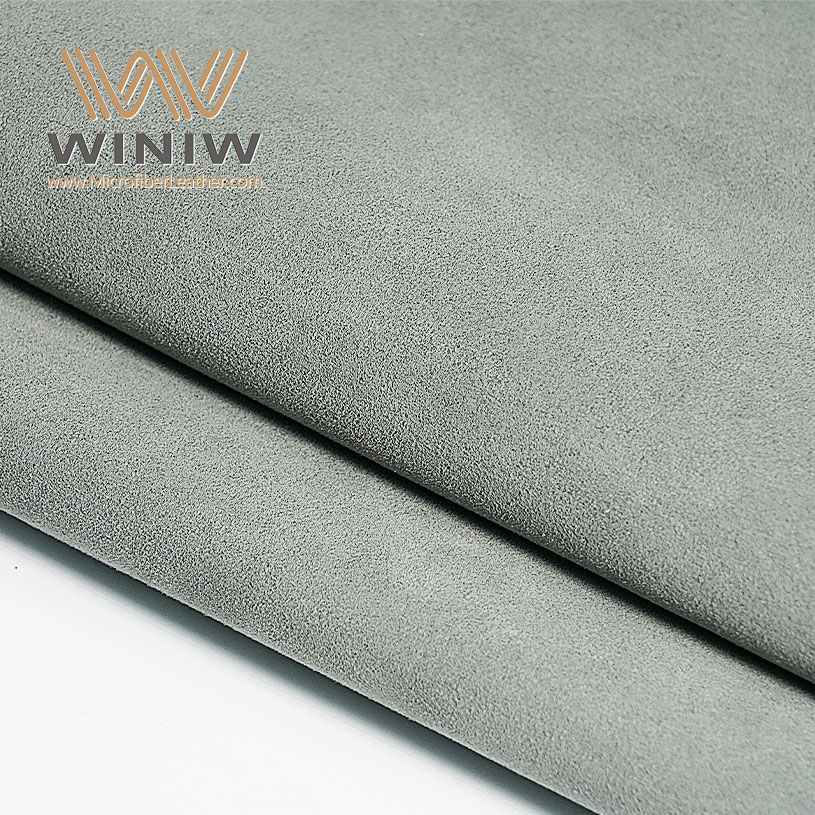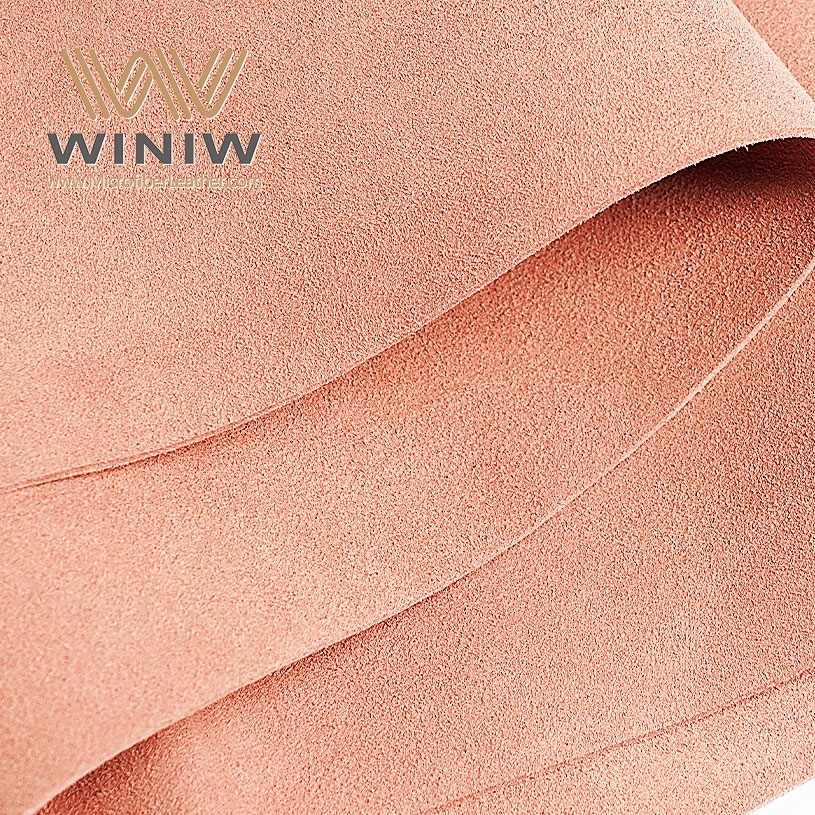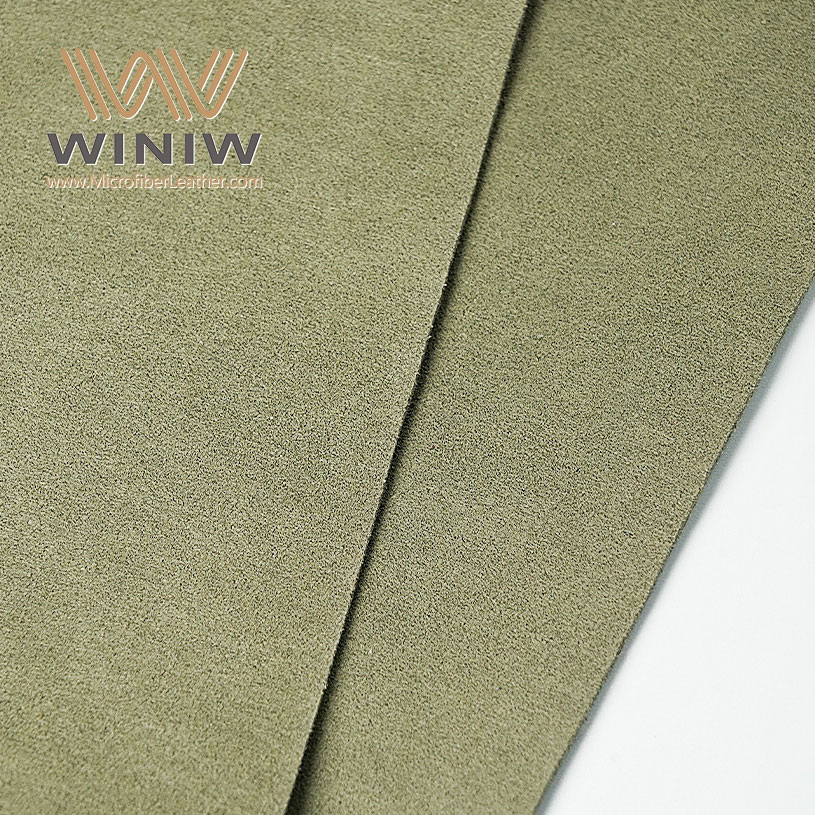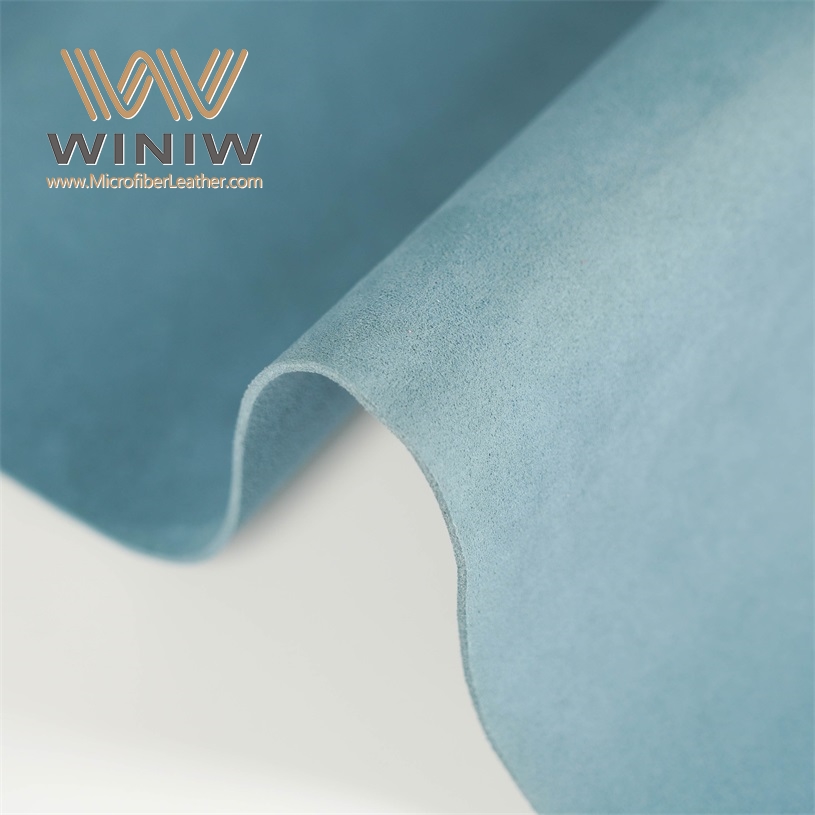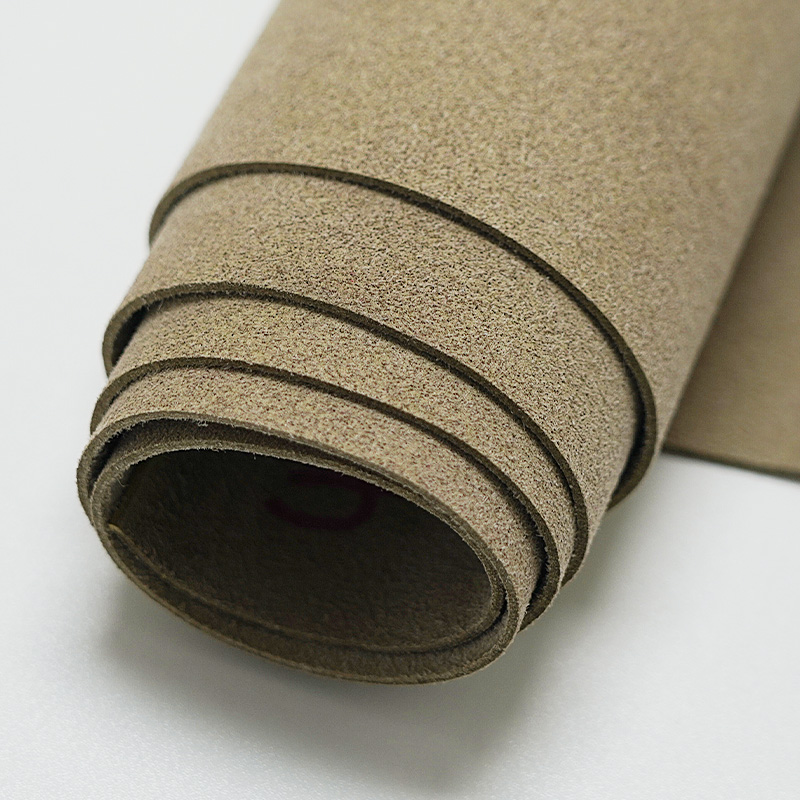
Many people believe that all towels clean the same, but differences in absorbency and texture set them apart. Microfiber towels generally clean better because they trap dust and dirt efficiently and hold up to eight times their weight in liquid. Some still think microfiber towels only spread dirt, but their fibers actually attract and lock in particles. A Microsuede Towel, with its soft texture, works well for delicate surfaces. Businesses use these towels for a variety of tasks, such as polishing, sanitizing, and dusting. Cleaning needs can differ, so choosing the right towel depends on the surface and the job.
Microsuede Towel or Microfiber Towel Which Cleans Better
Microfiber towels clean better due to their high absorbency and ability to trap dirt and bacteria.
Microsuede towels are softer and ideal for delicate surfaces, making them great for polishing and dusting.
Choose microfiber towels for heavy-duty cleaning tasks, as they absorb up to eight times their weight in liquid.
Use microsuede towels for gentle cleaning of sensitive items like eyeglasses and camera lenses.
Both towel types dry faster than standard towels, helping to prevent mildew and odors.
Proper care, like washing in cold water and avoiding fabric softeners, extends the lifespan of both towel types.
Microfiber towels are more durable and last longer under heavy use compared to microsuede towels.
Consider your cleaning needs and surface types when choosing between microfiber and microsuede towels.
Cleaning Performance
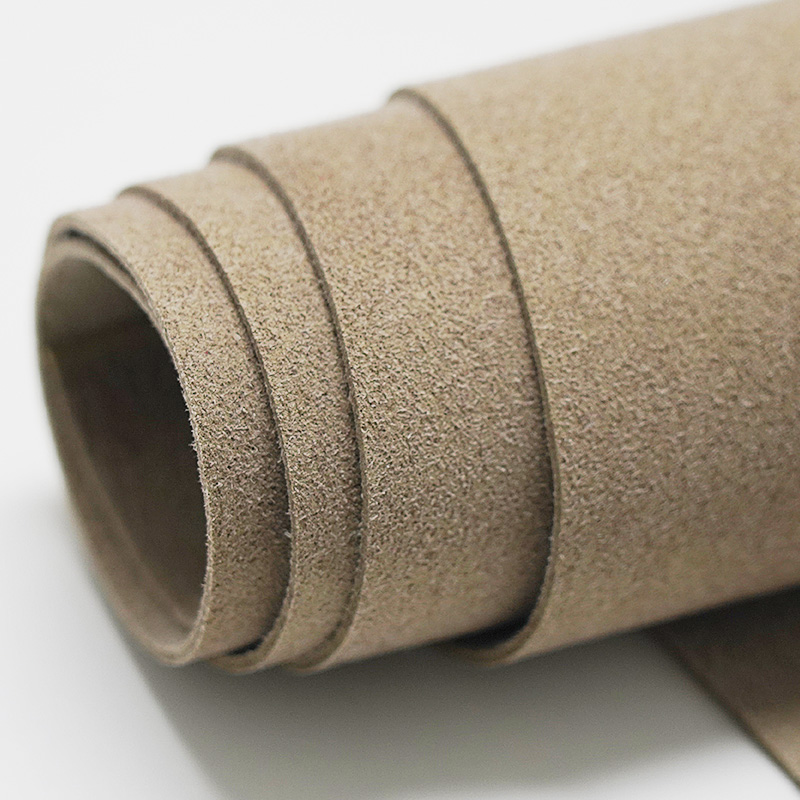
Absorbency
Fiber Structure
Microfiber towels use thousands of tiny synthetic fibers. These fibers split during manufacturing, creating a large surface area. The split fibers trap water and dirt inside the towel. Microsuede towels have a smoother surface. Their fibers do not split as much, so they feel softer. The structure of microfiber towels allows them to absorb more liquid than microsuede towels.
Towel Type | Fiber Structure | Absorbency Level |
|---|---|---|
Microfiber | Split, dense | High |
Microsuede | Smooth, less split | Moderate |
Moisture Holding
Microfiber towels can absorb over seven times their weight in water. They dry in one-third of the time compared to ordinary fibers. This makes them ideal for cleaning up spills and drying surfaces quickly. Microsuede towels manage moisture differently. They block water from soaking in, which helps prevent stains. Users find microsuede towels useful for wiping up small spills without leaving marks.
Tip: For cleaning large spills, choose microfiber towels. For wiping delicate surfaces, microsuede towels work best.
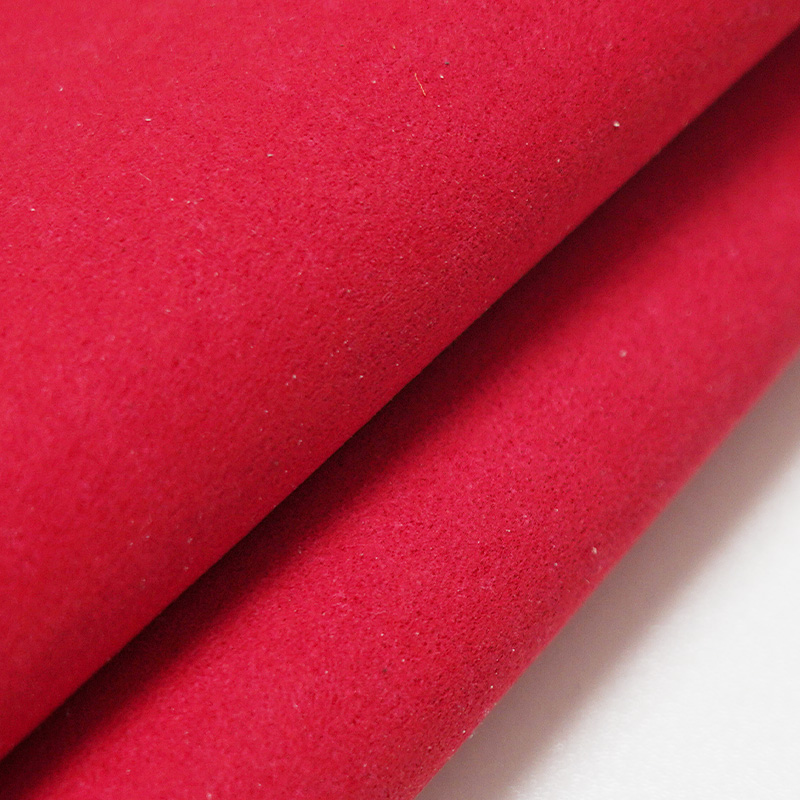
Dirt Removal
Texture Impact
The texture of microfiber towels helps them trap dust, dirt, and even bacteria. The split fibers create tiny pockets that hold particles. Microsuede towels have a softer texture. They glide over surfaces and pick up light dust, but they do not trap as much dirt as microfiber towels. The rougher texture of microfiber towels makes them more effective for scrubbing and deep cleaning.
Real-World Use
People use microfiber towels for cleaning kitchens, bathrooms, and cars. These towels remove grime from countertops and sinks. They also clean wheels and dashboards in vehicles. Microsuede towels work well for polishing and dusting. They clean eyeglasses, camera lenses, and computer screens without scratching. Many professionals use microfiber towels for heavy-duty cleaning and microsuede towels for gentle tasks.
Streak-Free Finish
Glass Surfaces
Microfiber towels leave glass surfaces streak-free. The fibers absorb water and polish the glass at the same time. Higher GSM microfiber towels work especially well for mirrors and windows. They do not leave lint behind. Microsuede towels also clean glass, but they may not absorb as much moisture. Users often choose microfiber towels for cleaning windows and mirrors to avoid streaks.
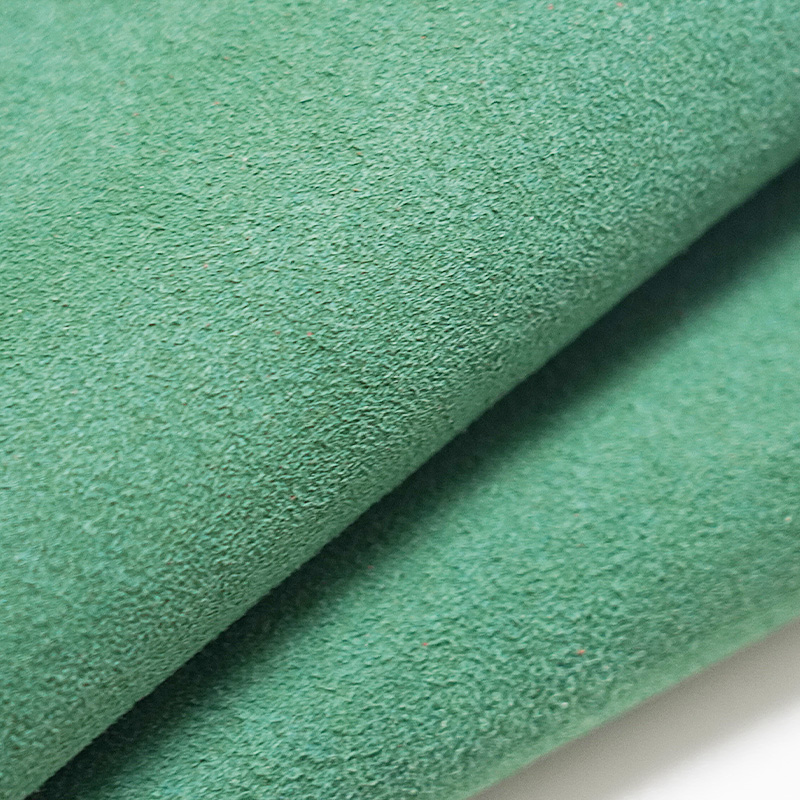
Screens
Microfiber towels clean electronics and screens without scratching. Their high absorbency and non-abrasive properties make them safe for delicate items. These towels do not leave lint or streaks, which is important for phones, tablets, and laptops. Microsuede towels also work for screens, but they suit light dusting rather than deep cleaning. For sensitive surfaces, microfiber towels provide a smooth, streak-free finish.
Microfiber towels: Best for streak-free cleaning of glass and screens.
Microsuede towels: Good for gentle dusting and polishing of delicate items.
Microsuede Towel vs Microfiber Towels
Which Option Is Better
Household Cleaning
Microfiber towels stand out in household cleaning. Their split fibers grab dust, dirt, and even bacteria from surfaces. People use these towels to wipe kitchen counters, clean bathroom sinks, and dust furniture. The high absorbency helps them soak up spills quickly. In contrast, a microsuede towel feels softer and glides smoothly over surfaces. It works best for light dusting or polishing delicate items, such as picture frames or glass shelves. When deciding which option is better for general cleaning, microfiber towels offer more versatility and cleaning power.
Automotive Detailing
Car owners and detailers often choose microfiber towels for cleaning vehicles. The dense fibers lift grime from dashboards, seats, and wheels. These towels remove wax and polish without scratching paint. Their high absorbency makes drying a car after washing much easier. A microsuede towel, with its gentle texture, suits tasks like buffing chrome or wiping touchscreens inside the car. For most automotive detailing jobs, microfiber towels provide deeper cleaning and better moisture control.
Personal Care
People use towels for personal care in many ways, such as drying hair, wiping sweat, or cleaning skin. Microfiber towels dry skin and hair quickly because they absorb water fast. They also resist odors and dry faster than cotton towels. A microsuede towel feels soft against the skin and works well for sensitive areas, such as the face. Some travelers prefer microsuede towels for their lightweight feel and gentle touch. For most personal care needs, microfiber towels deliver speed and efficiency, while microsuede towels offer comfort for delicate skin.
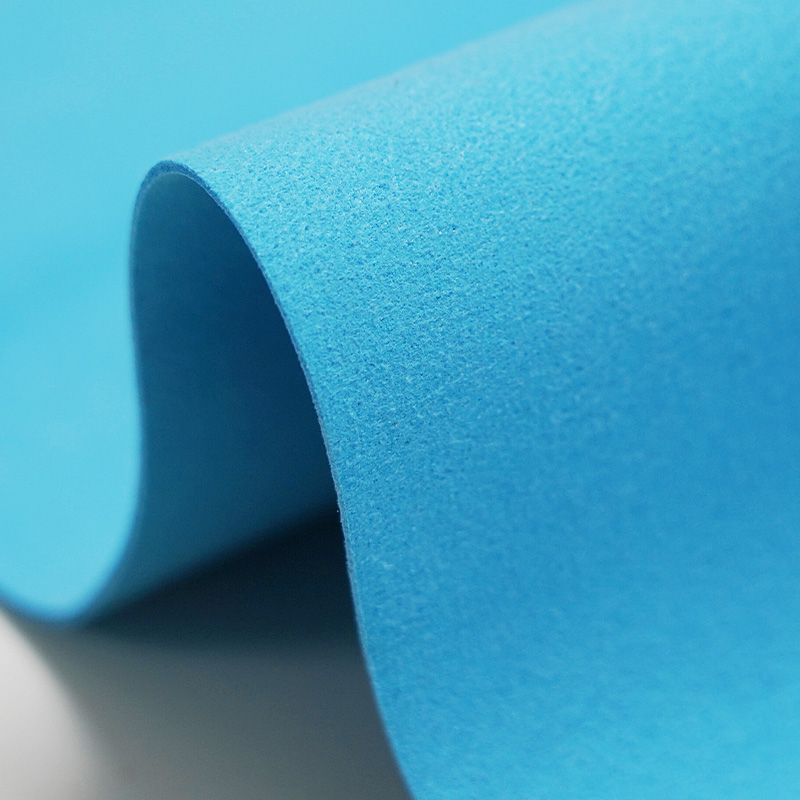
Advantages of Microfiber Towels
Absorbency
Microfiber towels absorb more liquid than most other towel types. Their split fibers create many small channels that trap water. This feature makes them ideal for cleaning up spills, drying dishes, or wiping down surfaces. In kitchens and bathrooms, these towels handle both wet and dry messes with ease.
Quick Drying
Both microfiber and microsuede towels dry much faster than standard beach towels. In controlled tests, drying times for these towels ranged from about 1 hour, 45 minutes to nearly 4 hours. Some microfiber towels, like the PackTowl, dried faster than most others, with only a few towels outperforming it by 30 minutes. Quick drying helps prevent mildew and keeps towels fresh between uses. This feature also makes microfiber towels popular for travel and outdoor activities.
Note: Fast drying times mean less waiting and less risk of unpleasant odors.
Advantages of Microsuede Towel
Softness
A microsuede towel feels exceptionally soft to the touch. The smooth surface glides over skin and delicate objects. People who value comfort often choose this towel for personal care or for cleaning items that scratch easily.
Delicate Surfaces
Microsuede towels excel at cleaning delicate surfaces. They remove fingerprints from eyeglasses, camera lenses, and screens without leaving scratches. The gentle texture makes them a favorite for polishing jewelry or wiping musical instruments. When cleaning fragile or sensitive items, a microsuede towel offers peace of mind.
Feature | Microfiber Towels | Microsuede Towel |
|---|---|---|
Absorbency | High | Moderate |
Drying Speed | Fast | Fast |
Softness | Good | Excellent |
Dirt Removal | Excellent | Good |
Delicate Surfaces | Good | Excellent |
Microfiber towels: Best for heavy-duty cleaning, spill absorption, and quick drying.
Microsuede towel: Best for gentle dusting, polishing, and cleaning sensitive surfaces.
Durability & Care
Longevity
Wear Resistance
Microfiber towels and microsuede towels both offer impressive durability. Microfiber towels feature split fibers that resist wear from repeated use. These towels maintain their cleaning power even after many washes. Microsuede towels have a smoother surface, which helps them stay soft and gentle over time. Both types of towels withstand regular cleaning tasks, but microfiber towels tend to be more durable when used for heavy-duty jobs. The dense structure of microfiber makes these towels less likely to fray or lose effectiveness.
Replacement Frequency
Users often find that microfiber towels last longer than microsuede towels, especially when used for scrubbing or drying. Microsuede towels may require replacement sooner if used on rough surfaces. Rotating towel use helps distribute wear evenly, extending the lifespan of both towel types. Regular inspection for signs of wear, such as thinning or loss of absorbency, ensures that towels remain effective. Choosing quality towels made from premium materials also increases longevity.
Towel Type | Wear Resistance | Replacement Frequency |
|---|---|---|
Microfiber | High | Low |
Microsuede | Moderate | Moderate |
Washing & Maintenance
Care Tips
Proper care keeps towels in top condition and extends their lifespan. Following these tips helps maintain absorbency and softness:
Allow towels to fully dry before folding or storing.
Store towels in a clean, dry space away from dirt or chemicals.
Avoid overcrowding towels during drying to promote airflow.
Rotate towel use to distribute wear evenly.
Wash towels separately using gentle detergent and avoid fabric softeners.
Use low heat settings when drying or air dry towels to prevent damage.
Inspect towels regularly for signs of wear and replace as needed.
Keep microfiber towels separate from other fabrics at all times.
Store towels in a well-ventilated area away from sunlight and moisture.
Tip: Air drying towels helps preserve fiber integrity and prevents shrinkage.
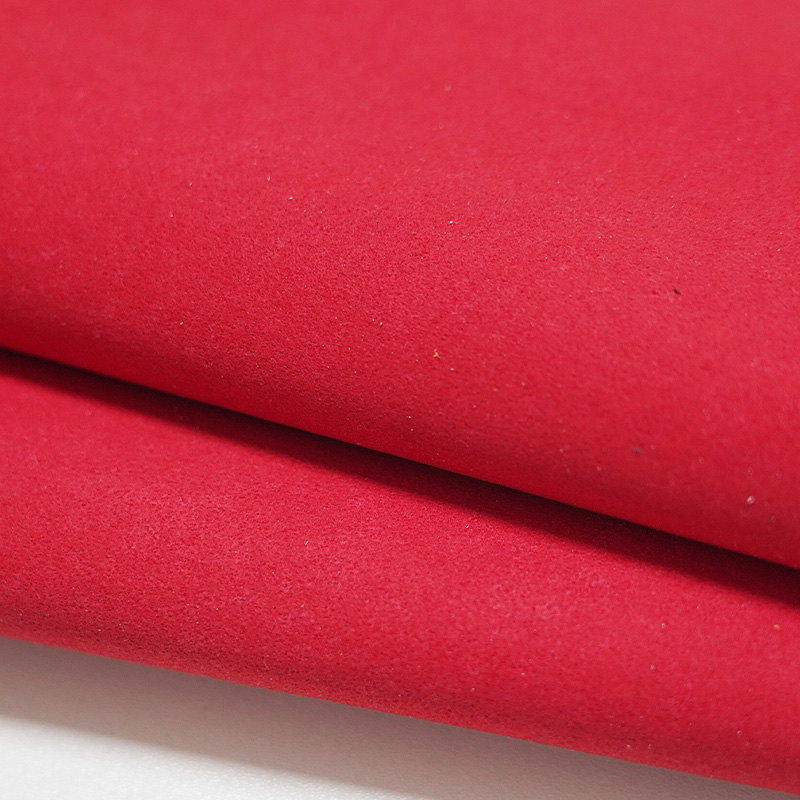
Mistakes to Avoid
Many users make mistakes that reduce the performance and lifespan of towels. Avoiding these errors keeps towels durable and effective:
Washing towels with hot water can damage fibers, causing loss of softness and absorbency.
Not washing new towels before use leaves residual fibers and chemicals that hinder cleaning ability.
Mixing colors during washing may cause dye transfer, affecting towel appearance.
Not categorizing towels by use can lead to cross-contamination and reduced effectiveness.
Skipping an extra rinse cycle leaves soap residue, which attracts dirt and diminishes performance.
Using regular detergents with harsh ingredients shortens towel lifespan.
Using fabric softeners coats fibers, causing towels to repel water.
Using bleach frequently degrades fibers, reducing absorbency.
Drying towels on high heat can melt and damage fibers, affecting performance.
Drying microfiber towels with other fabrics leads to lint transfer.
Note: Gentle care and proper washing routines help towels stay durable and maintain their cleaning power.
Value for Money
Cost vs Performance
Initial Price
When comparing microsuede towels and microfiber towels, buyers often notice a difference in initial price. Microfiber towels usually cost slightly more than microsuede towels. This higher price reflects their advanced fiber structure and greater absorbency. Many consumers see the extra cost as an investment in cleaning power. Microsuede towels, while more affordable, offer excellent softness and gentle care for delicate surfaces. Both types of towels provide value, but the choice depends on cleaning needs and budget.
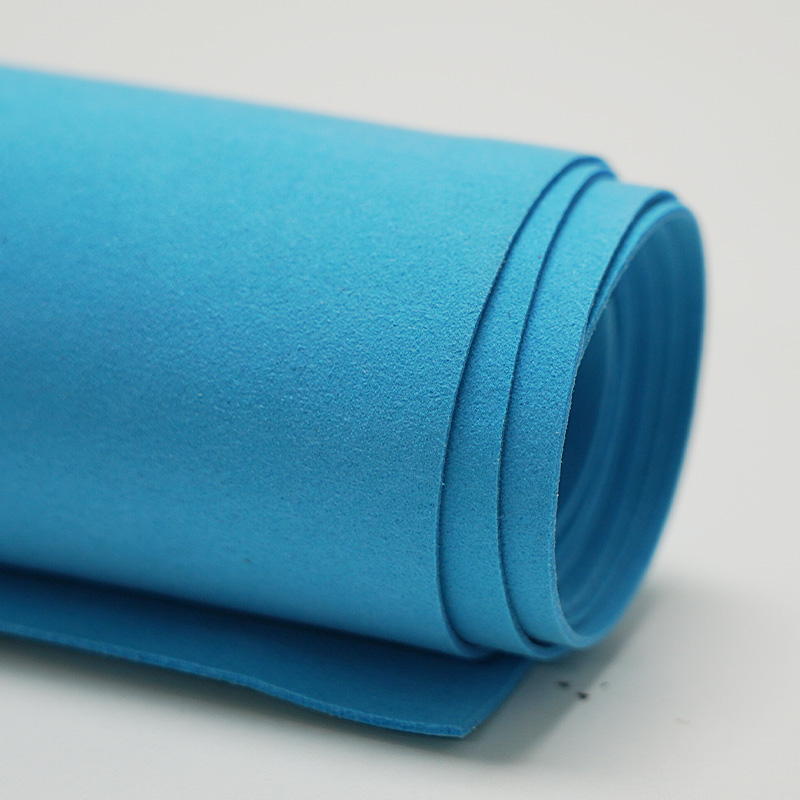
Performance Over Time
Performance over time plays a key role in value. Microfiber towels maintain their cleaning effectiveness through many uses. Their split fibers trap dirt and absorb water, even after repeated washing. Microsuede towels also perform well, especially for streak-free finishes on metal and glass. Both types of towels resist tearing and remain soft with proper care. However, microfiber towels often last longer during heavy-duty cleaning tasks.
Microfiber towels, including microsuede, are highly absorbent and soft, ensuring effective cleaning without surface damage.
Suede microfiber towels are particularly durable and provide streak-free finishes on metal surfaces.
Proper care and washing techniques are crucial for maintaining the towels' effectiveness over time.
Some microfiber towels can absorb up to seven times their weight in water, enhancing their cleaning effectiveness.
Suede microfiber towels are described as nearly impossible to tear, indicating their high durability.
Long-Term Savings
Versatility
Versatility adds to the long-term value of both towels. Microfiber towels work for a wide range of cleaning jobs, from wiping kitchen counters to drying cars. They clean four times better than traditional cloths, making them efficient and cost-effective. Many users rely on these towels for dusting, scrubbing, and polishing. Microsuede towels excel at cleaning delicate items, such as eyeglasses, screens, and jewelry. Their gentle touch prevents scratches and streaks. Both towels reduce the need for chemical cleaners, which saves money and helps the environment.
Microfiber towels are environmentally friendly because they reduce chemical use and disposal, contributing to long-term savings for consumers.
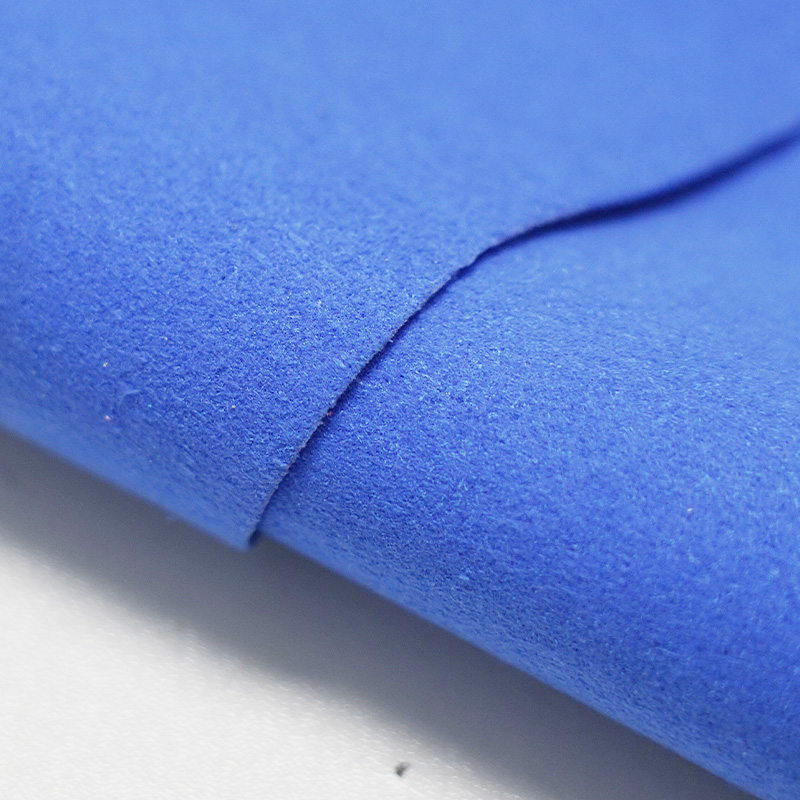
Replacement Rate
Replacement rate affects overall value. Towels that last longer save money over time. The table below shows the average replacement rate for both microsuede and microfiber towels:
Usage Type | Replacement Rate |
|---|---|
Light Use | 1–2 years |
Moderate Use | 1–2 years |
Heavy Use | Every 6 months to 1 year |
Most users find that microfiber towels last longer under heavy use. Microsuede towels, while durable, may need replacement sooner if used for tough cleaning jobs. Rotating towels and following care instructions help extend their lifespan.
Microfiber towels clean better overall due to their high absorbency and ability to remove up to 99% of bacteria. They hold up to eight times their weight in liquid and last for years with proper care. Microsuede towels offer superior softness for delicate surfaces. For heavy-duty cleaning, microfiber towels provide the best results. For polishing or gentle dusting, microsuede towels excel. Users should match their towel choice to the surface, budget, and durability needs for the best cleaning experience.
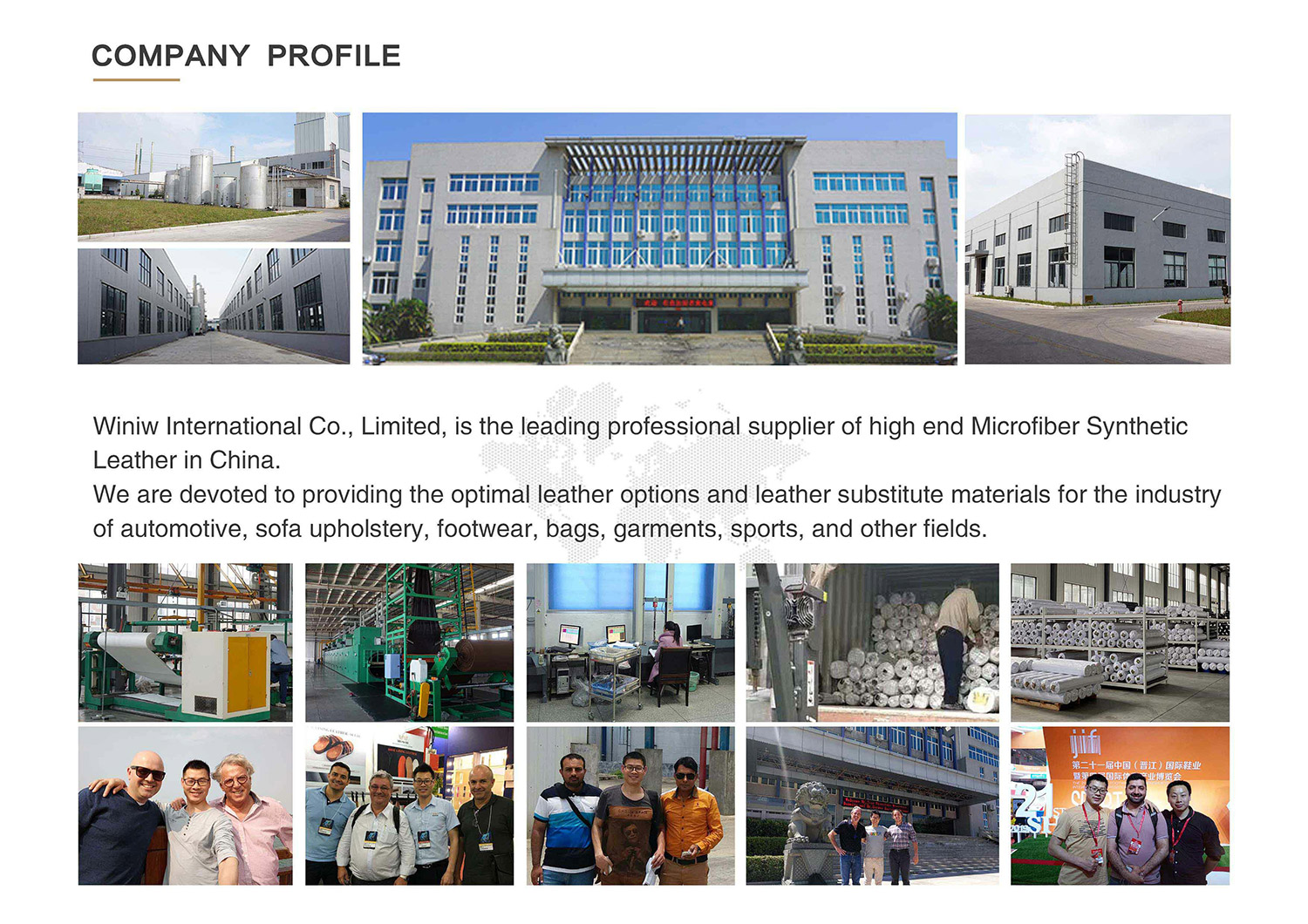
FAQ
What is the main difference between microsuede and microfiber towels?
Microsuede towels have a smoother, softer surface. Microfiber towels feature split fibers that increase absorbency and dirt removal. Both use synthetic materials, but their textures and cleaning abilities differ.
Can you use microfiber towels on delicate surfaces?
Yes. Microfiber towels clean delicate surfaces like screens and lenses without scratching. Users should choose a low-pile or microsuede version for extra safety.
How often should you replace these towels?
Most users replace microfiber towels every 1–2 years with regular use. Microsuede towels may need replacement sooner if used for tough jobs. Inspect towels for thinning or loss of absorbency.
Do these towels require special washing instructions?
Always wash towels in cold or warm water with mild detergent. Avoid fabric softeners and bleach. Air drying or low heat preserves fiber quality.
Which towel dries faster after washing?
Microfiber towels usually dry faster than microsuede towels. Their split fibers allow quick evaporation. This feature helps prevent mildew and keeps towels fresh.
Are these towels safe for cleaning eyeglasses?
Both towel types clean eyeglasses safely. Microsuede towels excel at removing smudges without scratching. Microfiber towels also work well if they have a smooth, non-abrasive surface.
Can you use these towels for cleaning cars?
Yes. Microfiber towels remove dirt, polish surfaces, and dry vehicles efficiently. Microsuede towels work best for buffing chrome or wiping touchscreens inside the car.


